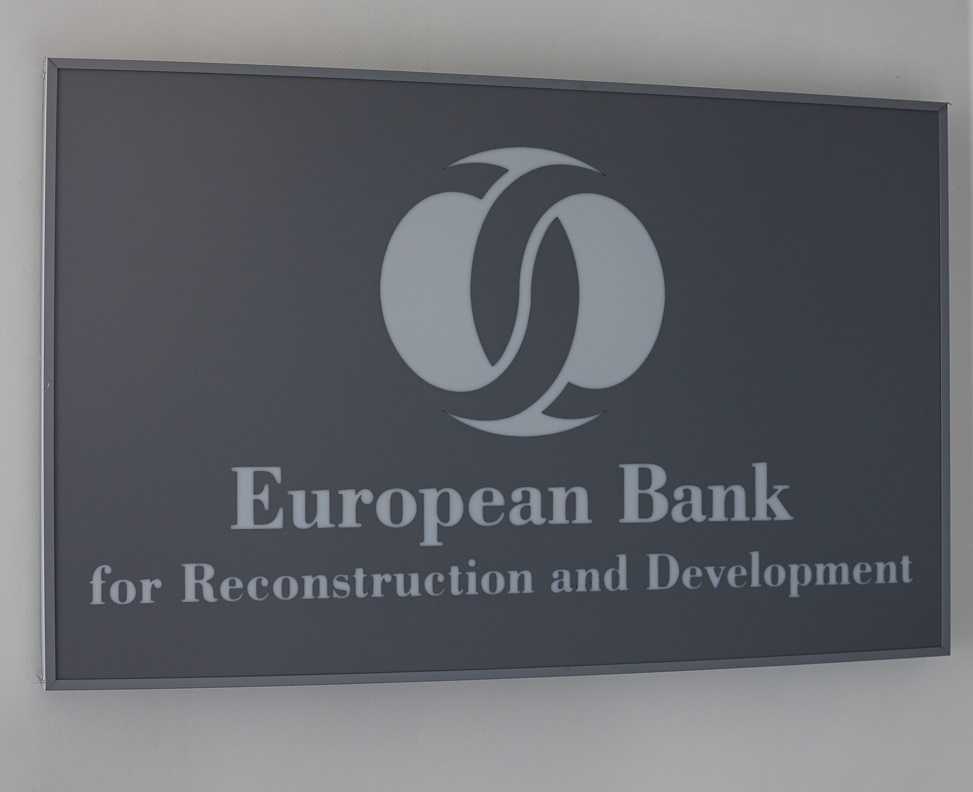The EBRD has noted a slowdown in Ukraine’s economic growth and named the reasons
13 May 13:08
The European Bank for Reconstruction and Development has revised its forecast for Ukraine’s economic growth for 2025 and lowered it to 3.3%. This is stated in the latest economic report of the European Bank for Reconstruction and Development, "Komersant Ukrainian" reports.
The previous report, published in February, forecasted growth of 3.5% in 2025.
At the same time, the EBRD’s Regional Economic Outlook report, published today, forecasts Ukraine’s real GDP growth in 2026 at 5 percent. But this forecast is, as noted, subject to a ceasefire and the benefits of post-war reconstruction.
What was the economic balance last year?
The EBRD notes that real GDP growth in 2024 slowed markedly from more than 5 percent in the first half of the year to about 2 percent in the second half, bringing the overall figure down to 2.9 percent. Among the reasons cited are “electricity shortages due to Russian attacks, a poor harvest, and a severe labor shortage in the economy caused by the demands of war.”
Agriculture, energy production, and trade have all experienced a decline, but other sectors have shown steady growth despite the difficult conditions and the war. In addition, as Ukraine’s Black Sea trade corridor became more active in 2024, export growth resumed after two years of sharp decline.
The recovery in inflation at the end of 2024, as explained by the EBRD, was the result of rising electricity prices and a significant increase in real wages. In March 2025, inflation stood at 14.6% and is expected to remain elevated in the first half of 2025, but should drop to single digits by the end of the year.
Financial assistance from partners is doing its job
According to the EBRD report, stable external financing from the EU under the Ukraine Assistance Facility and proceeds from frozen Russian assets provided by the G7 countries will fully cover the external and budget deficits in 2025, which will underpin macroeconomic stability.
Strong government consumption and increased military procurement by the domestic industry are expected to support economic growth.
As a reminder, the EBRD is the largest institutional investor in Ukraine. Over the last three years, the Bank has lent over €7 billion to Ukraine, including €2.4 billion to the energy sector, supporting the real economy through its work on energy security, critical infrastructure, food security, trade and the private sector.
What is the result of the sea corridor’s work?
Since the launch of the Ukrainian Sea Corridor, the ports of Greater Odesa have handled 120 million tons of cargo, of which 76 million tons are agricultural products. In 2025 alone, more than 28 million tons were transported, including more than 15 million tons of grain.
Thanks to the Ukrainian Corridor, domestic producers have maintained their competitiveness in global markets and ensured stable foreign exchange earnings for the domestic economy. The NBU estimates that up to 30% of steel exports go through this route. For the agricultural sector, the economic effect is estimated at 15-20% of added value.
Ukraine’s maritime corridor has enabled exports to 53 countries, including Kenya, Djibouti, and Bangladesh. For the markets of North Africa and Southeast Asia, the sea route remains the most economically advantageous, as transportation by land would make Ukrainian grain uncompetitive in terms of price.









